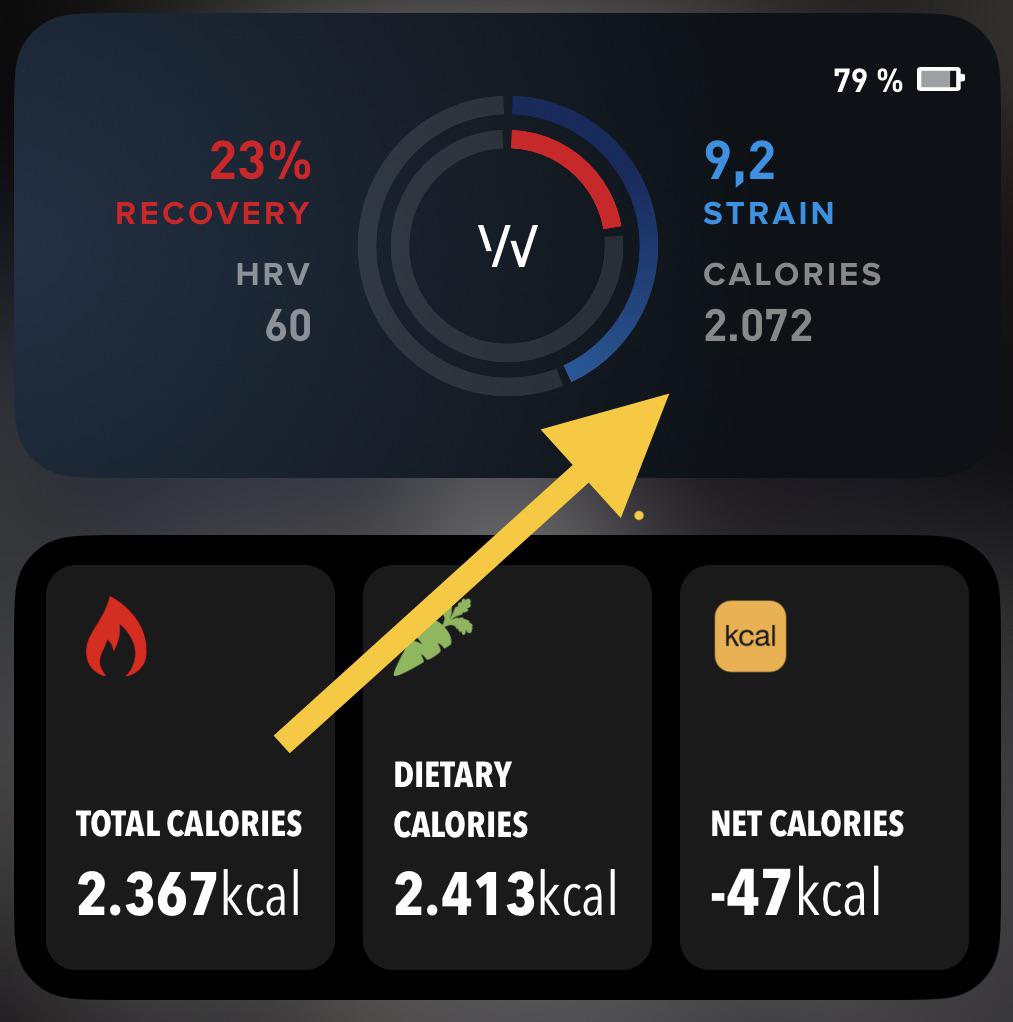If you’re using a WHOOP strap to track your fitness, you’ve probably seen the daily calories burned estimate in your app. But how accurate is WHOOP when it comes to tracking calories? Can you trust it for weight loss, muscle gain, or just staying on top of your health goals?
Here’s a simple breakdown of how WHOOP calculates calories, how accurate it really is, and what affects the numbers.
How Does WHOOP Track Calories?
WHOOP estimates your calories burned based on:
- Heart Rate (HR) – Captured 24/7 through optical sensors
- Heart Rate Variability (HRV)
- Skin temperature and motion data
- Your body metrics – Age, height, weight, and sex
- Strain score – WHOOP’s unique measure of cardiovascular load
These factors are processed by WHOOP’s algorithm to estimate daily total calories burned, broken into:
- Active calories – From workouts and movement
- Resting calories – What your body burns just to stay alive (basal metabolic rate)
How Accurate Is WHOOP for Calorie Tracking?
Short Answer: It’s reasonably accurate for cardio workouts and all-day tracking, but not perfect.
WHOOP is most accurate when you’re doing steady-state cardio (like running, cycling, rowing) because it relies heavily on heart rate data. But its calorie estimates can be less accurate during:
- Strength training
- HIIT or interval workouts
- Low-HR activities like yoga or walking
That’s because these activities may burn calories without significantly elevating your heart rate—which WHOOP might underreport.
Compared to Other Devices:
| Activity Type | WHOOP Accuracy |
|---|---|
| Running/Cycling | High (very accurate) |
| Weightlifting | Moderate (often underestimates) |
| Walking/Standing | Variable |
| Sleeping | Good for resting calories |
Resting Metabolic Rate (RMR)
WHOOP also calculates your resting calories using standard formulas based on your body metrics. This part is usually very close to actual RMR, but not custom-tested like in clinical settings.
What Affects WHOOP’s Calorie Accuracy?
1. Fit and Position of the Strap
Wearing the strap too loose, too tight, or not on the recommended spot (upper wrist or bicep) can affect heart rate readings.
2. Skin Tone and Tattoos
Like other optical HR monitors, WHOOP may have minor accuracy issues with darker skin tones or heavily tattooed areas, especially during intense workouts.
3. Heart Rate Lag
During short, intense bursts (like sprinting or lifting), your heart rate might not spike instantly—WHOOP might miss the calorie burn in those moments.
4. Workout Type
WHOOP does best with aerobic training and may underreport anaerobic or static movements.
Can You Trust WHOOP for Weight Loss?
Yes—with a few things to keep in mind:
- Use WHOOP’s calories burned as a guide, not an exact number
- Track your nutrition consistently for better accuracy
- Compare your calorie intake vs. WHOOP output over a few weeks to monitor trends
WHOOP is great for showing your overall daily energy output and identifying high-strain vs. low-strain days, which helps you manage training and recovery more effectively.
FAQs About WHOOP Calorie Accuracy
1. Is WHOOP more accurate than Apple Watch or Fitbit?
WHOOP is often more accurate during sleep and recovery tracking, while Apple Watch and Fitbit may provide better calorie estimates during mixed workouts due to different algorithms.
2. Why does WHOOP say I burned more calories on a rest day than on a workout day?
Because it includes resting calories, and your total calorie burn also depends on how active you were throughout the day—not just during workouts.
3. Can I adjust WHOOP’s calorie tracking?
You can’t manually edit calorie burn, but you can tag workouts and update your body metrics for better accuracy.
4. Does WHOOP track calories accurately during sleep?
Yes, it does a good job of estimating resting energy expenditure during sleep, using heart rate and HRV data.
5. Should I eat based on WHOOP’s calorie numbers?
You can use it as a reference, but always cross-check with a nutrition app and listen to your body’s needs.
Conclusion
So, how accurate is WHOOP for calories? It’s reliable for steady cardio and overall daily activity, but may underreport certain workouts like lifting or intervals. It’s best used as a tool for trends, helping you understand your body’s effort, recovery, and energy output over time.
If you use WHOOP consistently, keep your metrics updated, and combine it with mindful nutrition tracking—you’ll have a powerful system for managing health, training, and recovery.
Also Check:
• How Accurate Are Zoopla Property Estimates?








